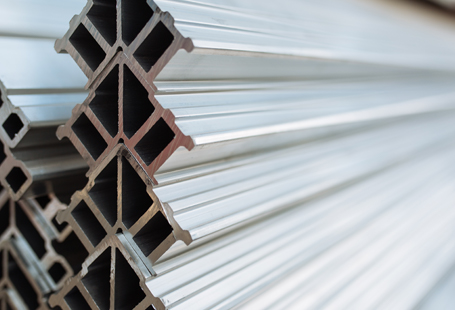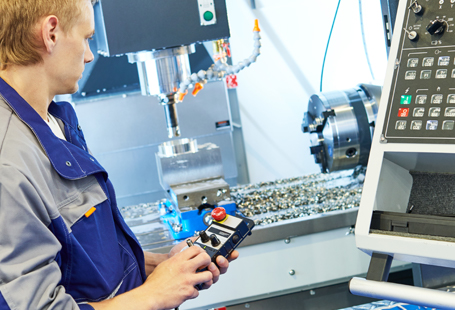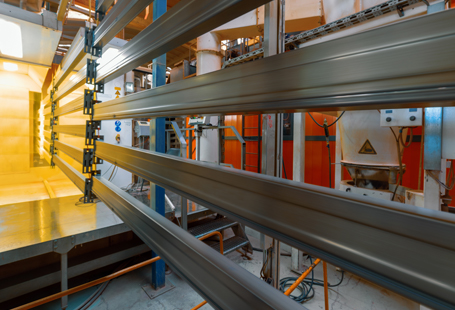CAPALEX will be closing for the Christmas Holidays 3:30pm Wednesday 24th December & our Sales Office will be reopening 9:00am Friday 2nd January 2026.
Merry Christmas and a Happy New Year from the CAPALEX TEAM!
CAPALEX will be closing for the Christmas Holidays 3:30pm Wednesday 24th December & our Sales Office will be reopening 9:00am Friday 2nd January 2026.
Merry Christmas and a Happy New Year from the CAPALEX TEAM!

The lightweight, flexible but durable design properties of aluminium extrusions allow an enormous range of structural and finishing uses, whether in their naturally bright-unfinished form, powder coated, electroplated or anodised.
Besides its high strength to weight properties, aluminium does not corrode in the same way as steel and can be recycled in a more efficient manner that is less detrimental to the environment.
Aluminium extrusions can be produced in a vast range of shapes and sizes, with innovative design features like screw-ports, thread details or clip-fitting being incorporated into the extrusion, minimising machining and assembly times.
Over an entire life cycle, and taking into account reduced machining and assembly times, it is often proven that a product traditionally made from steel, or even plastic, could be produced much more cost effectively using aluminium extrusions, whilst still being friendlier to the environment.
With a variety of alloys, heat treatment options and tempers available, aluminium can meet many different functional product specifications.
As such, components made from aluminium extrusions are some of the most commonly parts used in the manufacturing industry and can be seen in many day to day applications, from structural to decorative, automotive to aerospace and office equipment to lighting, to name but a few.
Aluminium is 100% recyclable and the process takes only 5% of the energy originally required to produce the primary metal.
Once the recycling process is completed, the aluminium reverts exactly to the same state as before, with no deterioration occurring.
Of all the aluminium ever produced worldwide, 75% is still in use today.
Aluminium is extremely light weight – about 1/3 of that of copper or steel.
Excellent for use in the transportation industry, this may help reduce fuel costs.
Aluminium is extremely light weight – about 1/3 of that of copper or steel.
Excellent for use in the transportation industry, this may help reduce fuel costs.
Aluminium is an excellent electrical conductor and is the most popular material for use in power transmission cables.
Aluminium also has high thermal conductivity, and is often used for auto mobile engine parts and industrial heat exchangers, as well as radiator tubing and electronic heat sinks.
Aluminium is highly reflective, making it an ideal material for applications such as light fittings, especially if polished and anodised.
Aluminium corrosion resistance makes it a good choice of material for use in the construction and buildings industry, or even in a marine environment.
Anodising or powder coating can further protect the aluminium, which also provides a decorative finish.



 Capital Aluminium Extrusions Limited
Capital Aluminium Extrusions Limited